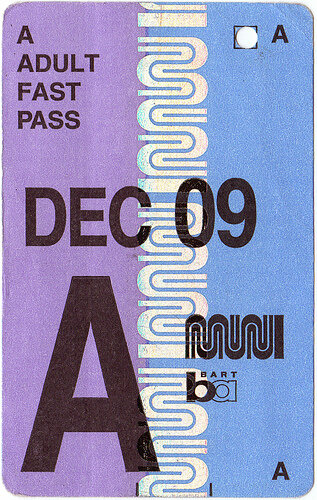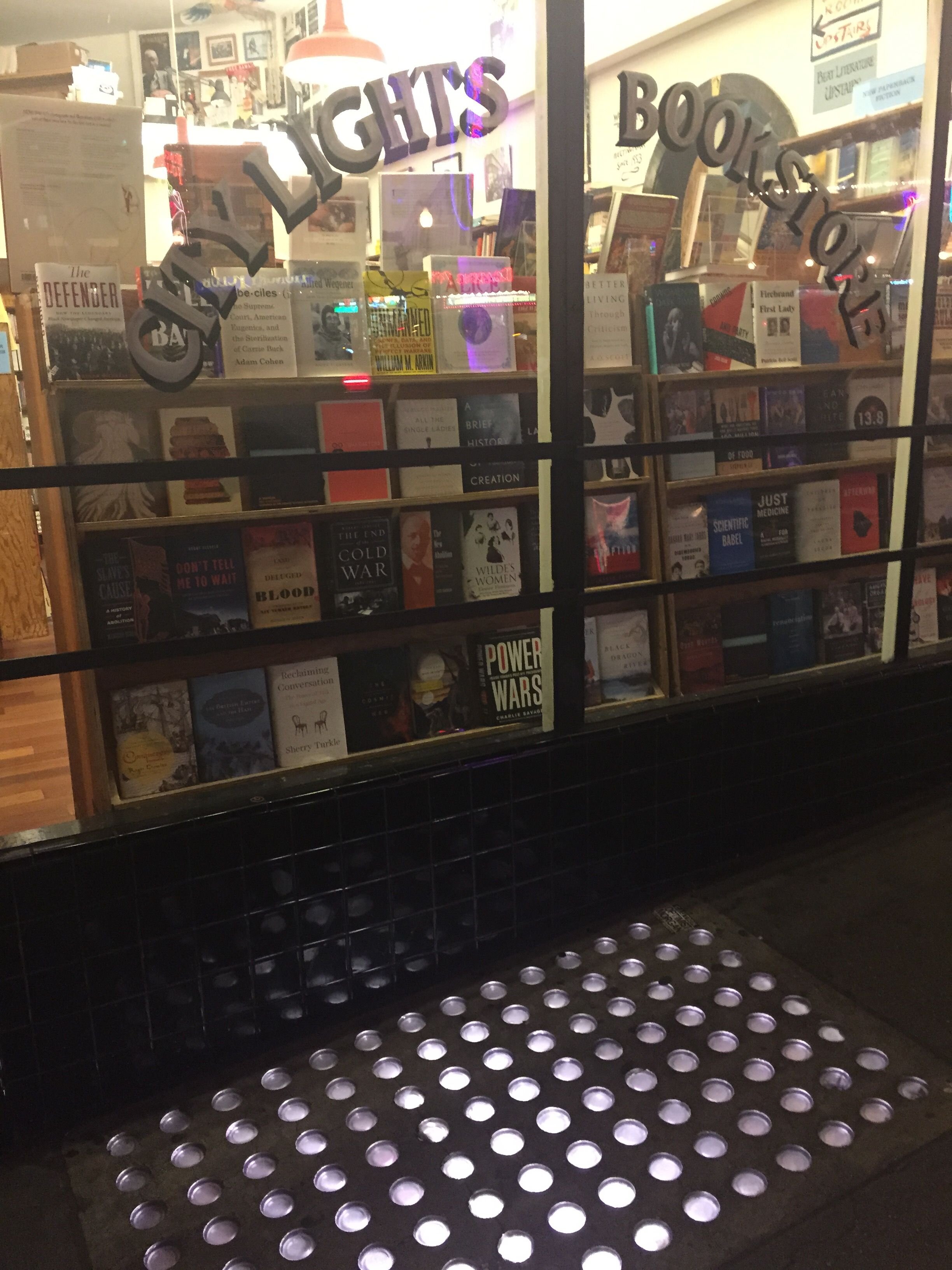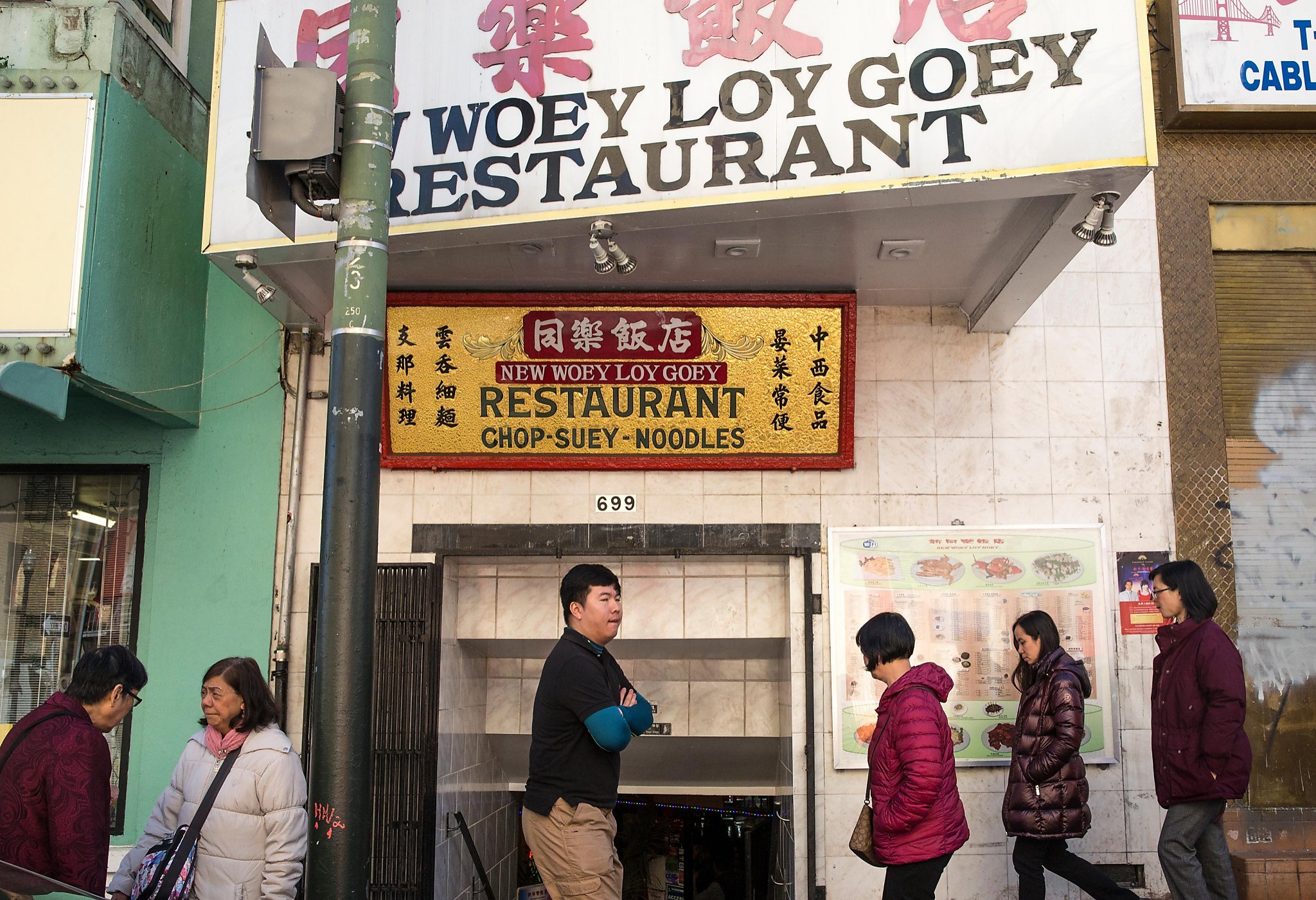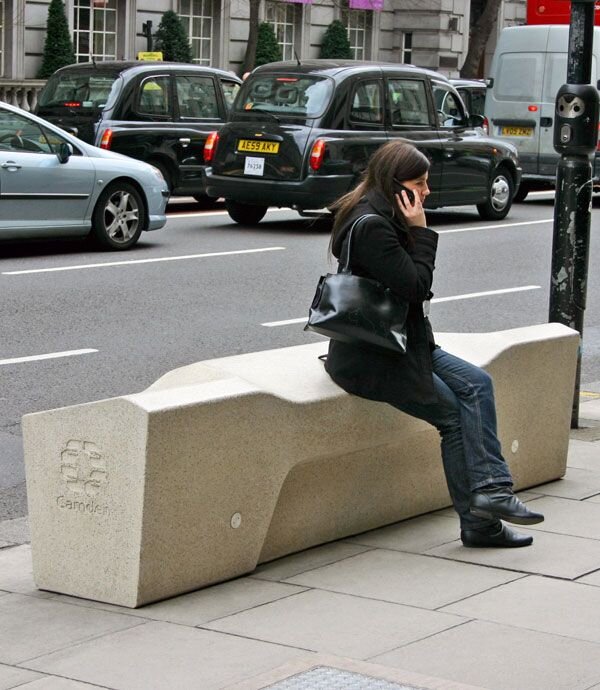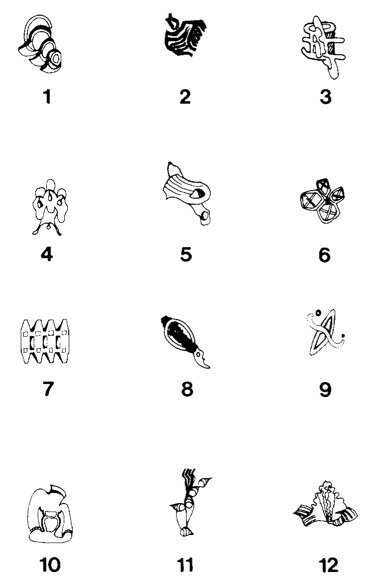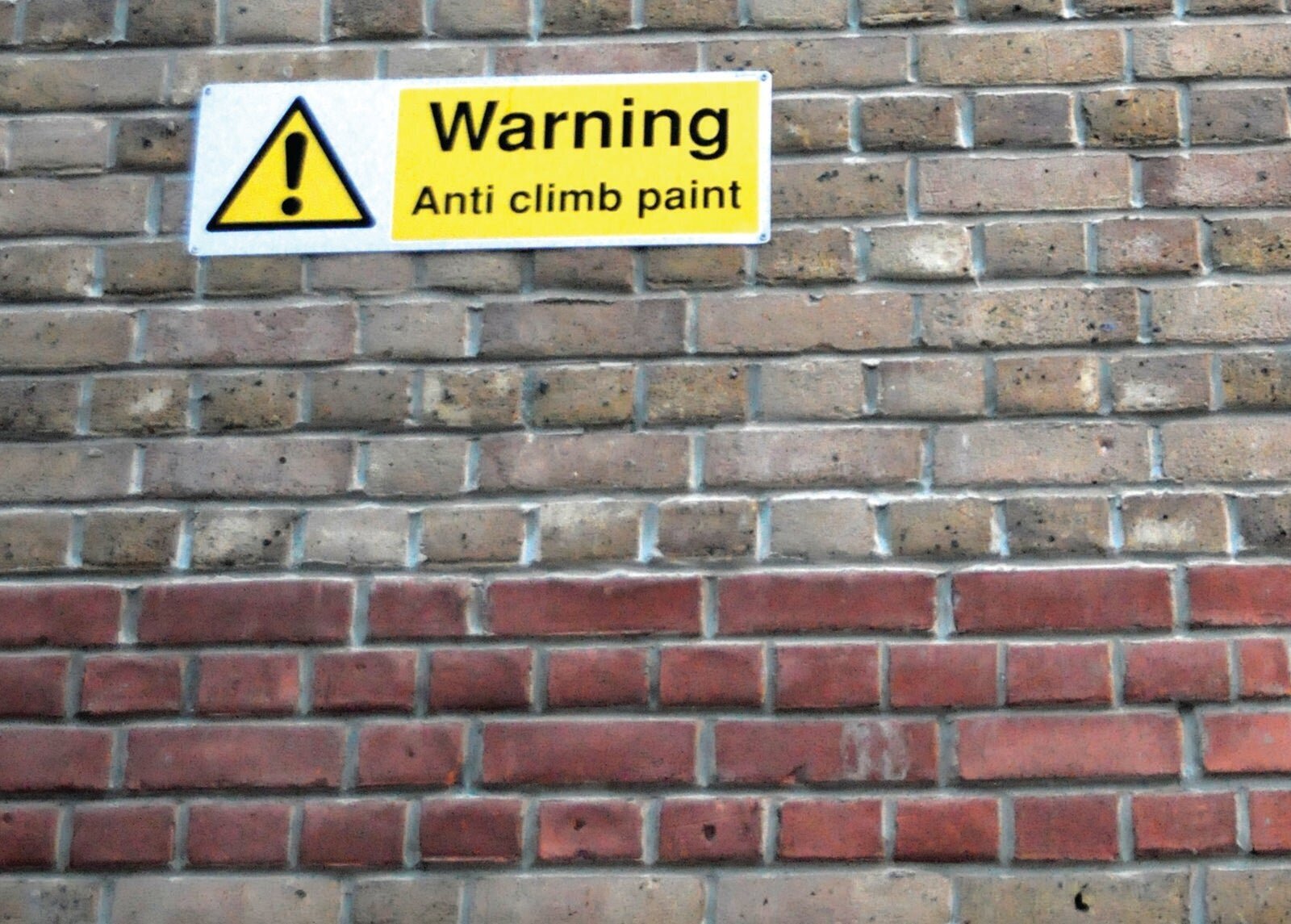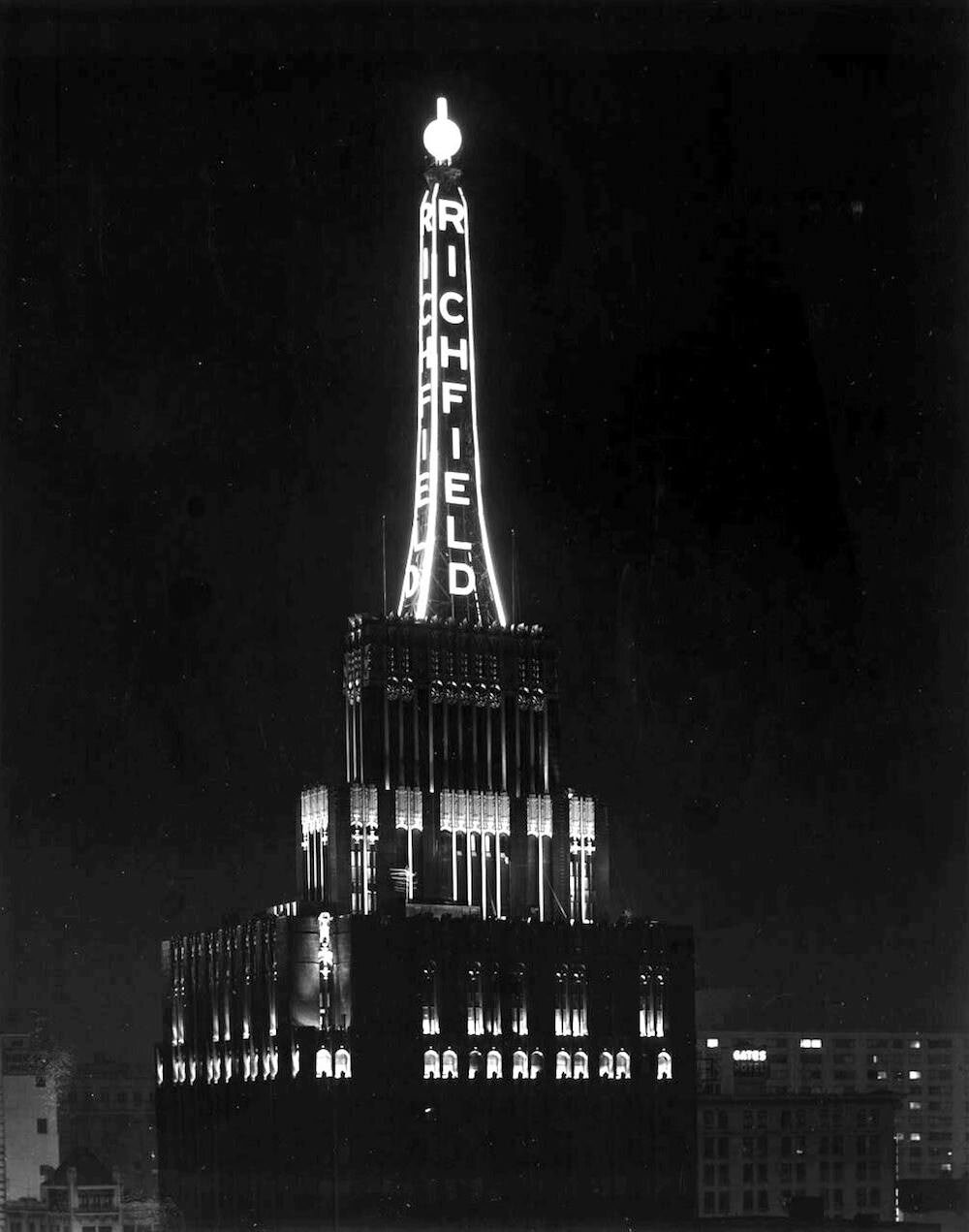A couple of weeks ago, I traveled to Miami for the first time and was excited to see what the hype’s all about because Miami’s really made a name for itself as the ‘it’ scene for high-profile art in the US. The number of gallery/museum options was overwhelming and I had practically only 1.5 days to myself so I had to judge a book by its cover to decide which one I’d visit. They all looked equally impressive and I would’ve given anything for a little more time to see even just the buildings. Ultimately, between the Institute of Contemporary Art and the Rubell Museum, the Nara Yoshitomo and Yayoi Kusama exhibits at the Rubell were the winning factors (I love Nara, my first tattoo is of his work.)
The Rubell Museum, formerly known as the the Rubell Family Collection, houses, amongst other works, the private collection of Don and Mera Rubell (as the name suggests), who’ve acquired more than 7,200 works by 1,000 artists and also played a role in attracting Art Basel to Miami. The collection had recently moved to a complex of six former industrial buildings that now include 40 galleries, a flexible performance space, an art research library, a bookstore, and a restaurant that opens onto a courtyard. For those who love MoMA PS1, I would highly recommend it.
When I visited, I think there were only 36 galleries open to the public, 3 of which were Kusama’s Narcissus Garden (1966), Where the Lights in My Heart Go (2016), and INFINITY MIRRORED ROOM - LET'S SURVIVE FOREVER (2017). Access to the Infinity Rooms are timed and limited to 1 party at a time so I recommend going on a weekday during off hours.
Narcissus Garden is the first thing you see when you enter the museum, and flows 200 feet along the central hall, so it’s hard to miss. Kusama debuted the stainless steel spheres in 1966 at the Venice Biennale, where she stood with a sign reading “Your Narcissism for Sale.” 55 years since then, and her sign could not be more apt, especially now that almost everyone owns a smartphone. I’m definitely guilty of spending the first 20 mins trying to get the perfect shot of myself.
Next was INFINITY MIRRORED ROOM - LET'S SURVIVE FOREVER, which features the same spheres, suspended from the ceiling and arranged on the floor, and mirrored walls that make the space look like it’s filled with an infinite number of silver balls and reflections of yourself. There was someone already inside of the room when I arrived and as I waited, I noticed that the museum employee standing outside the room held a stopwatch and knocked on the door. I assumed that maybe that person had spent too much time in there but apparently you’re only allowed 1 minute inside, which is a guideline Kusama set herself.
Lastly was Where the Lights in My Heart Go. If LET'S SURVIVE FOREVER looks like the inside of a space station to you, then Where the Lights in My Heart Go would look like the galaxy that your station floats through. It’s a 10x10 foot polished stainless-steel room likewise with mirrored walls but this time with small holes to allow ambient light into the dark room. What you see and experience is unique to where you stand. And I don’t only mean where you stand inside the room but geographically as well. The light that leaked in was red because of the Keith Haring piece hanging in the next room but if this were in another museum, it would look totally different.
I got to go in twice. The first time, I had a hard time getting out because it’s dark and the door is heavy and low to the ground*, and I panicked, unsure of whether anyone would notice I was stuck inside. When I finally exited, the same employee with the stopwatch from earlier was standing outside and he suggested I go in again, this time without any of my belongings. He told me to try to lose myself and stay in there as long as I can. So I went back in. Turns out he had been timing me, to see how long I would stay put. According to him, most people don’t last very long because of distractions and short attention spans. He congratulated me for my almost 2 min record. If you ever get a chance to step inside one of Kusama’s Infinity Rooms, try timing yourself!
*Fun fact: the door is placed low so that visitors bow their heads and humble themselves in preparation for what they are about to experience








